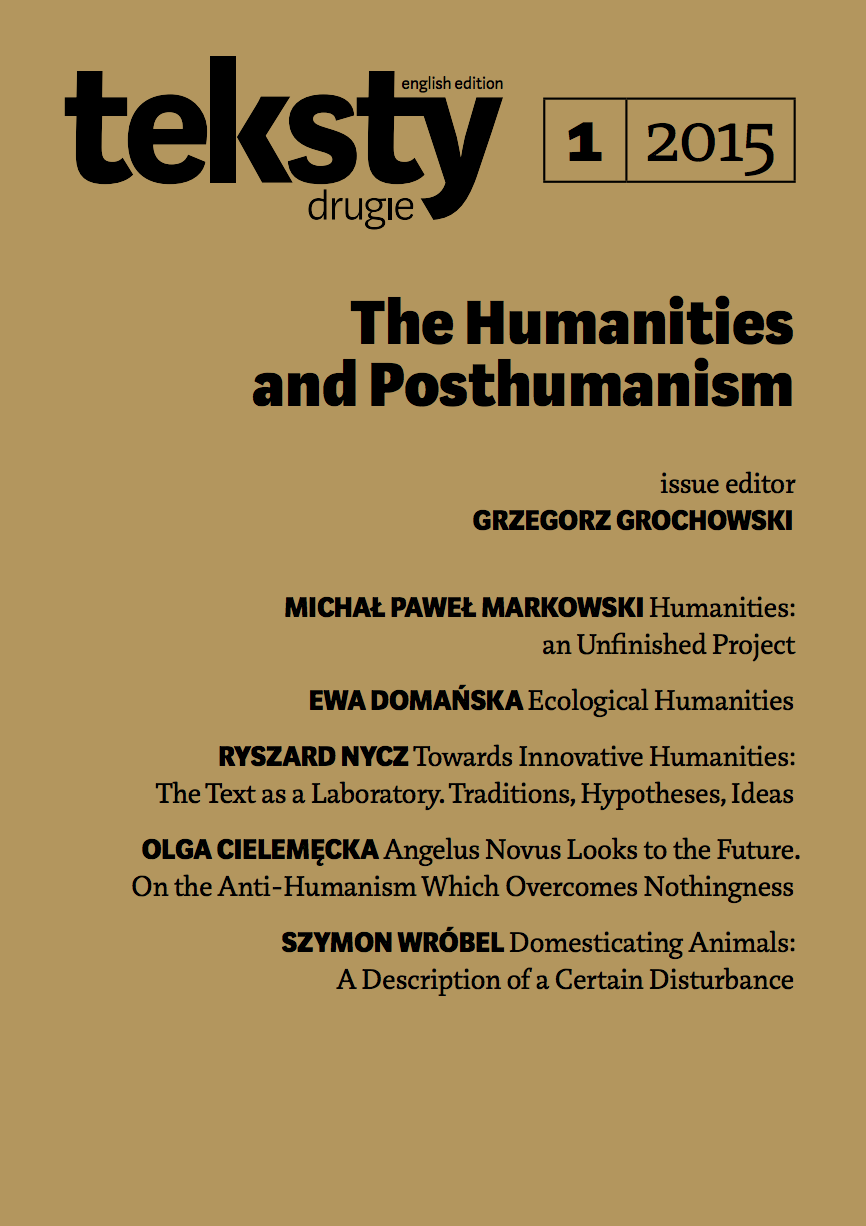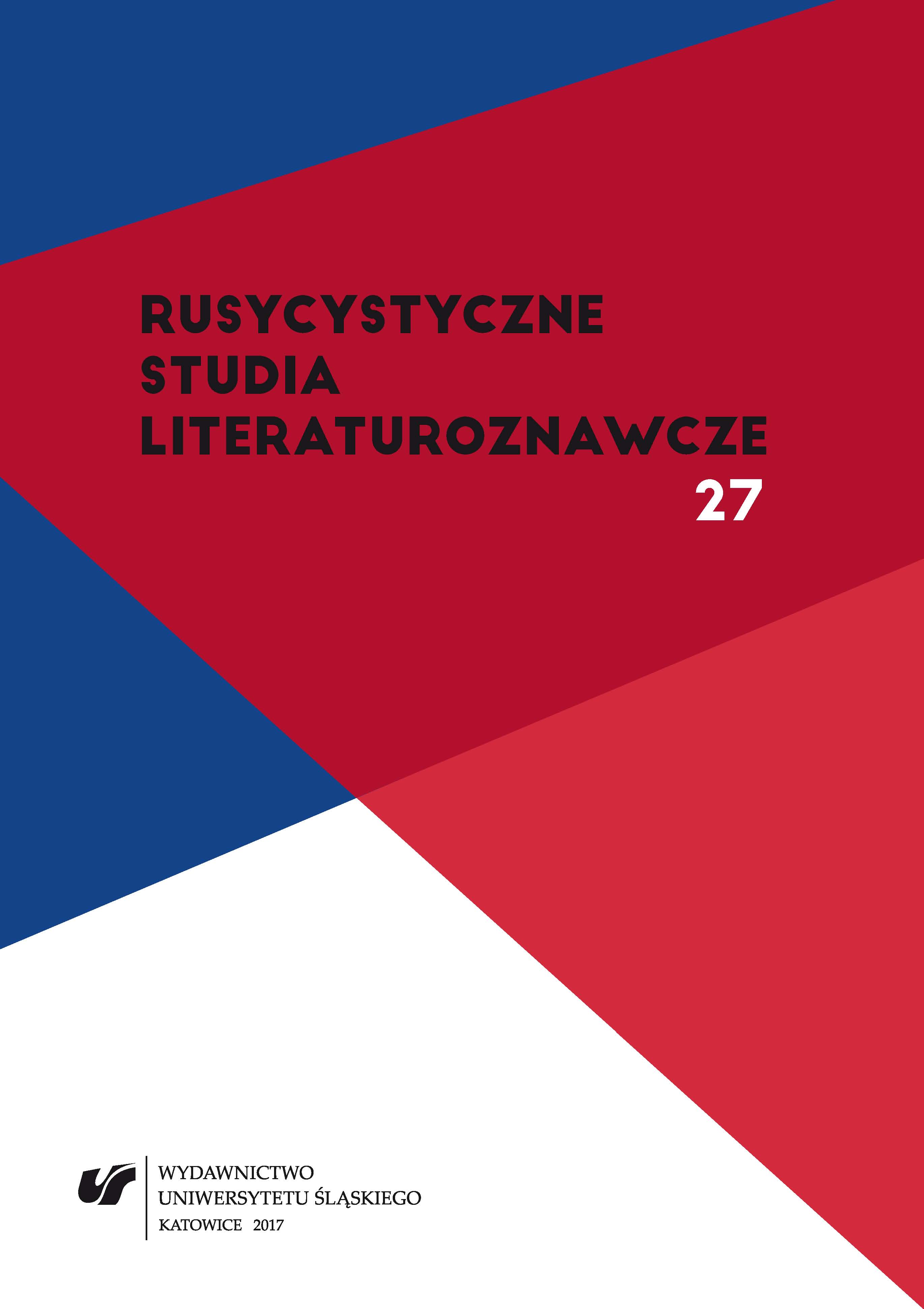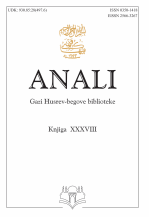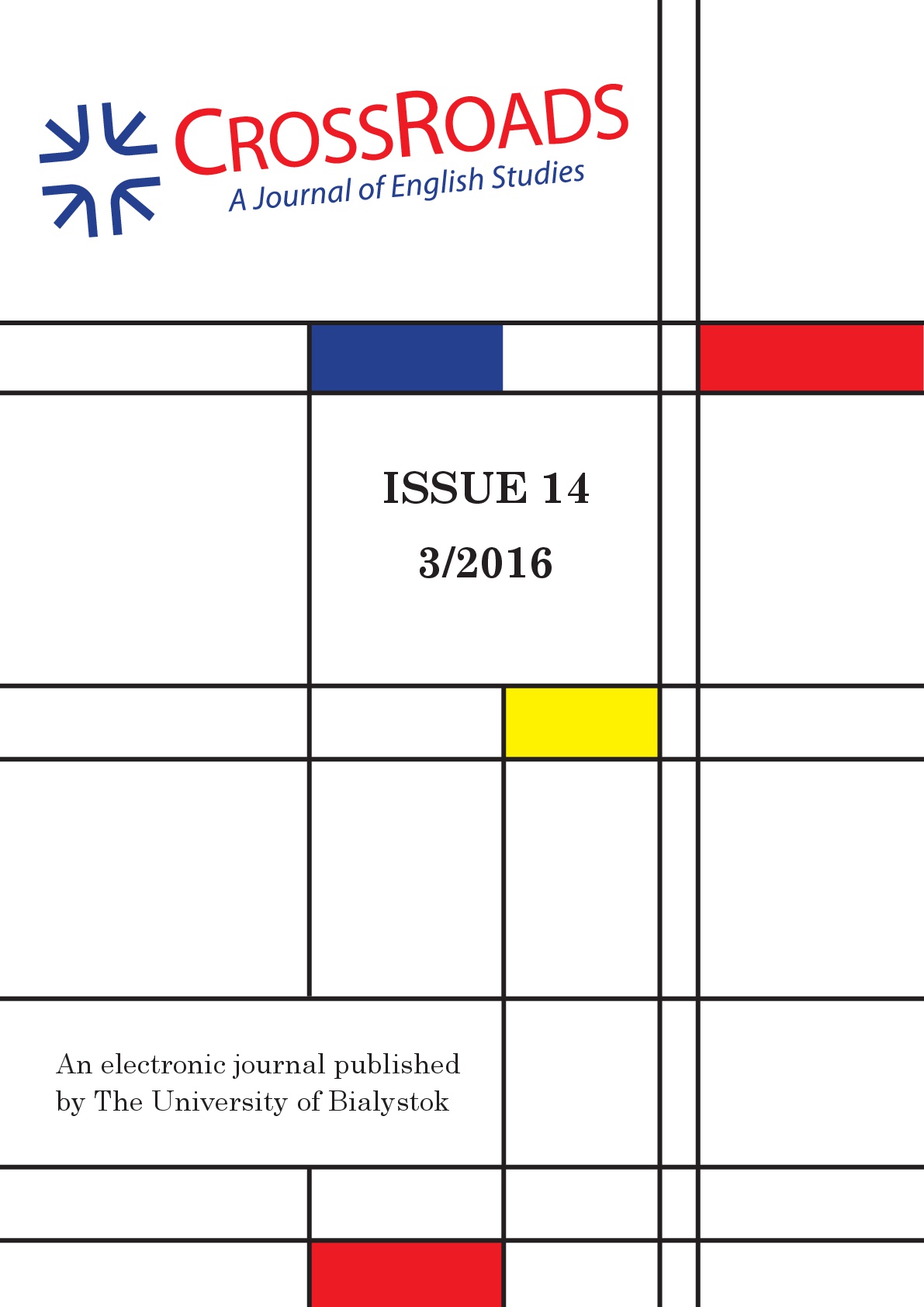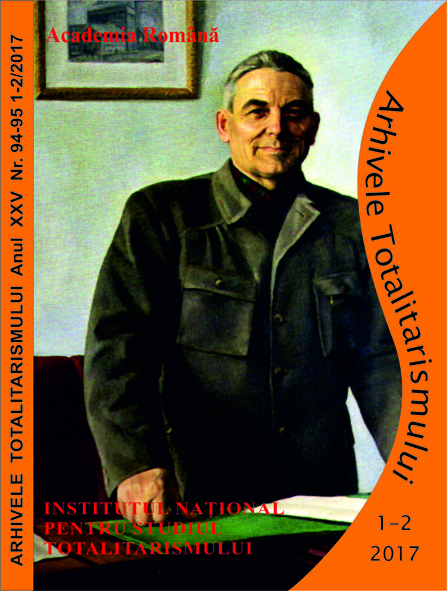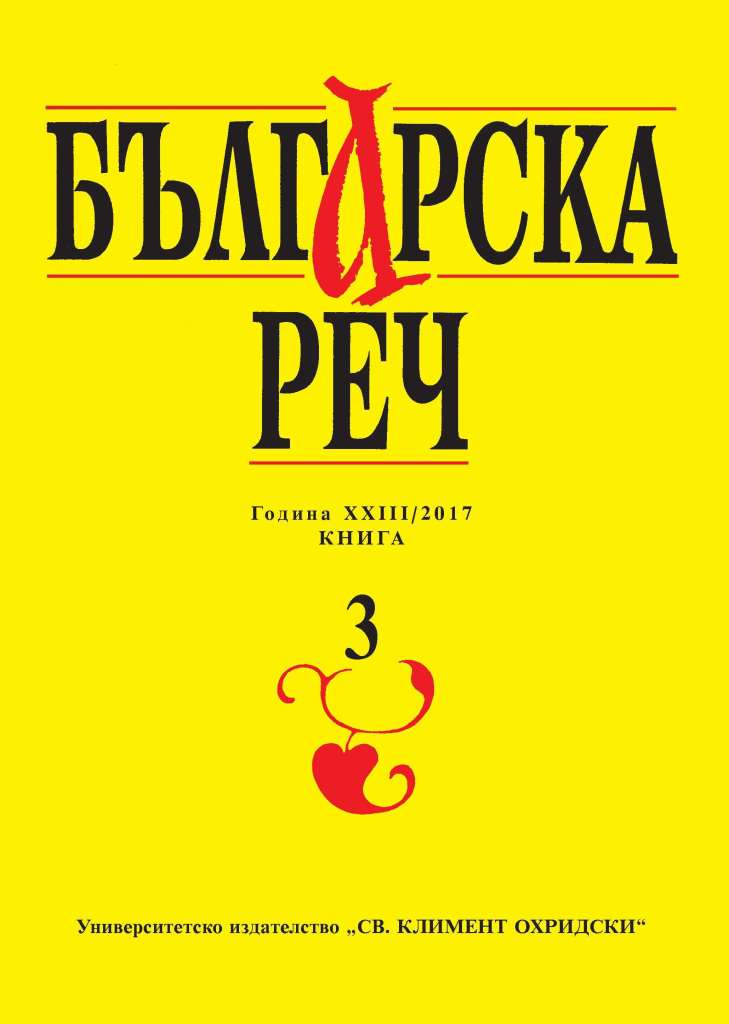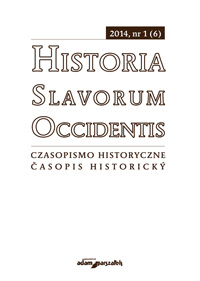Author(s): Liliia Tereshchenko-Kaidan / Language(s): Ukrainian
Issue: 1/2015
The article provides a technique to study and identify Slavic (Ukrainian) manuscripts of the total array manuscripts Ukraine and Greece. Pending the results of the study involved etnosemiotychnyy method through external design manuscripts using ornamental painting. Addressing the issues of concurrency and features of the spiritual culture of Ukraine and Greece XVII-XVIII centuries. And examining manuscripts of the two countries, we cannot clear the facts connected with the outside manuscript. Externally finish the book can be done first, and often even final conclusions on its association with a sample of a cultural tradition, religion, ethnic group, nation, chronological limits (century) hierarchy. The main proponents of external decoration of manuscripts are elements of painting (portrait miniature), iconography (separated LA T-K. In a separate category because of the pronounced differences in this case) ornamental painting. For this study selected ornamental painting as a vivid exponent identify features and differences manuscripts Ukraine and Greece. Based on the above, we can see that the theme of this research is relevant and scientifically appropriate. For this study the method chosen semiotically decorative and semiotic-symbolic comparisons. A goal and objectives are: proof of the theory of semiotically decorative and semiotic and symbolic elements etnosemiotyky as comparisons to identify and determine the manuscripts as belonging to a particular ethnic group, nation, chronology and hierarchy. To work selected Greek and Slavic (Ukrainian) manuscripts, which have the same Orthodox religious basis and do not require a separate study on religious affiliation. Although in the evolution of ornamental art, especially in the XVI-XVIII centuries., Clearly traced Western "Catholic" influences. Thus the novelty of this study is to examine the ornaments manuscripts Ukraine and Greece at an angle semiotic study of decorative and semantic meaning. Nationalism and nation are together people who are determined by a common language, psychological structure, territory, material life and culture. Etnosemiotyka – for Y. S. Stepanov – a young science that is developing rapidly. It so far that there is no generally accepted hypotheses. As in Western Europe and in USA conducted much research as part ethnography, entitled "Cultural and social anthropology". But the purpose of this study is not a review of anthropological ideas and research should be based on semantic-symbolic quests specifically ornamental painting portrait miniatures. The result of these studies should be the detection of manuscripts belonging to a particular ethnic group, nation, chronological boundaries and hierarchy. Therefore, to further study outlines three distinct areas: 1) ethnic, 2) chronological; 3) hierarchical. 1) ethnic line of research manuscripts. In the study of ethnic directly manuscripts immediately necessary to determine the range of ethnic groups who apply to intelligence. With the theme and purpose of the research shows that the main objects of this work is Ukraine and Greece. But remember that Ukrainian manuscripts are surrounded by Slavic codes. This powerful and Serbian manuscript heritage, the XVI century. headed among other traditions, especially on Mount Athos. This is Bulgarian manuscripts, often with controversial Ukrainian claims to traditional. It also Russian, Moldovan and Romanianvolashski and manuscripts that make up a large array of Balkan-Slavic cultural heritage called SLOVIANS'KA manuscripts. To investigate the ethnic directly manuscripts should clearly realize that such ethnic group. For this there is a need to turn to the historical situation in which Ukraine and Greece were also Slavic world around them, and the social conditions of their united and distinguished. One of the first is a geopolitical factor that was of great importance for the development of life of these peoples. It nablyzhuvav them together and pushed, distinguished between these nations. By purely ecclesiastical hierarchy manuscripts added distribution snappedcular term "Royal". Interestingly, purely ecclesiastical manuscript. This akafistnyk and even music (from the Byzantine notation). The manuscript is decorated with gold leaf. All the titles and the gold mark. Those poems that served the king – zolotofonni. Musical signs painted red vermilion and also filled with gold. The manuscript belongs to a certain king Filofteyu. The manuscript is kept in the National Library of Greece. This manuscript outwardly very different from other archetypes and has its own hierarchical niche. Semiotics (from gr. Σεμειον – sign an intimation) examines the signs and significance of the system as a means of preservation, transmission and processing of information in human society, in nature and in man himself. The combination of decoration and form the character ornaments which adorned the manuscript as Greek and Slavic writing. Decor – (from French. Décor, from Lat. Decorare – decoration) – a set of elements or characters that adorn the building or object (in this case the manuscript). In the study of handwriting Fund of Ukraine and Greece via etnosemiotychnyh techniques able to identify three areas of study: 1) Ethnic, by signs and decor signs symbols that shape and pattern is an expression of a particular ethnic group; 2) Chronological direction using the external design ornaments and manuscripts of one ethnic group different ages. Result. Clearly traced the evolutionary processes of ornamental painting toward complications, skill, volume, etc; 3) Hierarchical line of research, in which all the manuscripts, the external factor design. To proponents of existing hierarchical direction, namely, parish, monastery, cathedral, episcopal added bright new look – a royal manuscript. So etnosemiotyka, through ornamental, exterior design manuscripts, received a new research method Greco-Slavic Writing Foundation.
More...
